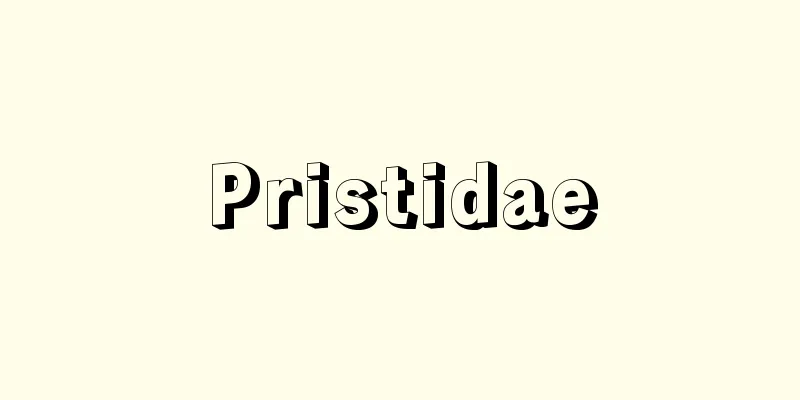Dosage - Medicinal dosage

|
A certain amount of a drug is required to produce a pharmacological effect, and this amount is called the effective dose. Generally, the medicinal dose refers to the amount of the effective dose that doctors usually use, and this is called the usual dose. An amount that does not produce a pharmacological effect is called an ineffective dose. Even with an effective dose, if the dose is gradually increased, symptoms of poisoning will appear. This is the toxic dose, and if it is increased further, it will cause death. This is called the lethal dose. The dosage for each drug is determined, but it varies depending on the age, sex, and illness of the person receiving it. The usual dosage is a little higher than the minimum effective dose, but it is between the maximum dose and the minimum effective dose. The maximum dose is a regulation set by the Japanese Pharmacopoeia, and in Japan it is expressed as the maximum usual dose. For children, the calculation method is used based on age, weight, and body surface area, and the pediatric dosage is calculated from the adult dosage. The Young method and the Augsberger method are based on age, the Clark method is based on weight, and the Craford method is based on body surface area. The simplest method, the Harnack method, is one-tenth of the adult dosage for premature infants, one-eighth for newborns, one-fifth for 6-month-old infants, one-quarter for 1-year-olds, one-third for 3-year-olds, one-half for 7-year-olds and one-half for 12-year-olds. The dosage for the elderly varies greatly from person to person, and cannot be expressed by a fixed formula, but because of the decline in organ function, it is administered less than the adult dosage. For elderly people aged 65 or older, it is recommended to start with one-third to one-half the adult dose and gradually increase it to determine the optimal amount. [Fumiji Koho] [Reference] | |Source: Shogakukan Encyclopedia Nipponica About Encyclopedia Nipponica Information | Legend |
|
薬物が薬理作用を現すには一定量以上の用量を必要とし、これを有効量というが、一般に薬用量という場合は有効量のうちで、医師が通常用いる量をさし、これを常用量usual doseといっている。なお、薬理作用が現れない量を無効量という。有効量でもそれをだんだん増量していくと中毒症状が現れる。これが中毒量で、さらに増量すると死に至る。これを致死量とよんでいる。 医薬品それぞれに使用する用量は決められているが、投与される人の年齢、性別、疾病などによって差がある。常用量は最小有効量よりやや量が多く、極量までの間の量をいう。極量は日本薬局方で定めた規定であり、日本では常用量の最大量をもって表している。小児については、年齢、体重、体表面積より計算する方法が用いられ、小児薬用量として成人に対する薬用量から計算される。ヤング式、アウグスベルガー式は年齢を基準とし、クラーク式は体重を、クラウフォード式は体表面積をそれぞれ基準としている。もっとも簡単なハルナック式は、未熟児の場合は成人量の10分の1、新生児は8分の1、生後6か月児で5分の1、1歳児は4分の1、3歳児は3分の1、7歳6か月児で2分の1、12歳児は3分の2となっている。老人に対する薬用量は個体差が大きく、一定の数式では表せないが、臓器機能の低下がみられることから、成人量より少なく投与する。65歳以上の老年者では、成人量の3分の1ないし2分の1量から漸次増量し、至適量を決めるのがよいといわれている。 [幸保文治] [参照項目] | |出典 小学館 日本大百科全書(ニッポニカ)日本大百科全書(ニッポニカ)について 情報 | 凡例 |
>>: Medicated soap (English spelling)
Recommend
Weibutsu - Weibutsu
A poet from the mid-Tang Dynasty in China. He was...
Manhattan
...These natural conditions, combined with histor...
Arrab - Arrab
… [Islam and Arab] The word "Arab" itse...
Village membership - Muraju Iriai
A form of agricultural forest use in early modern ...
Divine nation ideology - Shinkokushisou
The idea of Japan being a divine country. This ...
Yellow rice - Ouhenmai
Various microorganisms can grow on rice, causing ...
Kamiiso [town] - Kamiiso
An old town in Kamiiso District, Hokkaido. It occu...
Muscari comosum (English spelling) Muscaricomosum
…[Yoshitaka Mizuno]. … *Some of the terminology t...
Woomera (English spelling)
A town in central South Australia, about 160 km no...
Persistent current - Persistent current
A steady current that flows through a closed circu...
Kuwabara House
This manor was part of the Todaiji Temple estate ...
King Gongmin (English: King Gongmin-wang)
[Born] King Chunghye 17 (1330) [Died] King Gongmin...
Ingri Dam - Ingri Dam
...In addition, the design of spillways is diffic...
terre à terre (English spelling) terraterre
The term "terre à terre" also refers to...
Lucas, RE, Jr. (English spelling) LucasREJr
...is a way of thinking about economic theory tha...









